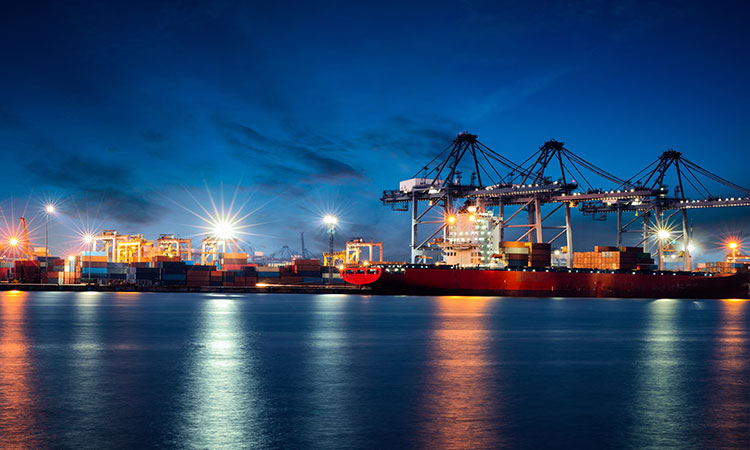
The western region of the United States, one of the most geographically diverse areas of the country, is home to rainforests, plains and mountains that attract people from all over the world. A closer look at the coastline, however, reveals an unseen and overlooked danger that has been putting coastal residents at risk for decades: asbestos.
A large portion of this coastline, of course, is in California – the most populous state in America. Over much of the 20th century, countless shipyards were established along this shore.
Slowly – and quietly – over time, these shipyards contributed to the state’s number one rank in the country for asbestos-related disease.
California: The Leading State for Shipyard Asbestos Exposure
Up until the 1990s, the U.S. Navy operated naval shipyards and marine repair facilities that were teeming with asbestos-containing materials. Before this, especially during the 1940s, 50s, 60s, and 70s, when the dangers of asbestos were still largely unknown to the public, the mineral was very popular for its “miracle-like” qualities: electrical and heat resistance, durability, fireproof properties and low cost, among others.
Because these properties were ideal for use in ships, asbestos was commonly used to build components such as insulation, cables and valves. In fact, California was a leading producer of asbestos-containing materials at that time, for the Navy and other industries. Today, of course, we know just how much damage this widespread use of asbestos caused.
Asbestos is a lethal mineral, plain and simple. Once airborne, microscopic asbestos fibers can be inhaled or ingested and create serious health problems, such as mesothelioma, asbestosis and asbestos-related lung cancer.
The National Center for Health Statistics (NCHS) ranks California first in the nation for deaths caused by mesothelioma, a rare cancer caused exclusively by exposure to asbestos. According to these findings, deaths amounted to 1,779 between 1999 and 2005. Further research by the Environmental Working Group (EWG) uncovered 21,338 asbestos-related deaths in California between 1999 and 2013 – 3,997 of which were caused by mesothelioma.
Los Angeles alone – a key U.S. port city that once housed Todd Shipyards and other massive operations – contributes more than 1,200 asbestos-related deaths to the toll. Over 900 of these tragic deaths were caused by mesothelioma.
Who Can Be Held Accountable for These Mesothelioma Deaths?
While asbestos, including on U.S. Navy ships and in dockyards, is not banned in the United States, it is highly regulated by the Occupational Safety and Health Administration. However, the current regulations cannot rewrite a century of history that still affects many Californians today.
Occupational exposure to asbestos in the state is still a major concern. Studies suggest that those who worked in industrial areas such as shipyards, power plants, oil refineries and construction sites through the 1980s are at increased risk of a mesothelioma diagnosis.
This is because the manufacturers of asbestos-containing materials sold their products to the companies that ran these shipyards, knowingly exposing workers to these materials without providing adequate safety warnings or equipment. As a result, thousands of preventable asbestos-related mesothelioma deaths occur every year.
Manufacturers of asbestos-containing products have escaped accountability for these deaths for many, many years. Yet, progress is being made. For example, last December, a Los Angeles Supreme Court ruled that companies can be held liable for secondary asbestos exposure (caused when asbestos fibers are brought home on workers’ clothes, spreading the fibers to family members).
Though asbestos use is less prevalent now than it was in the mid-20th century, the mineral can still be found in building materials in California and throughout the country. Given this, there may be many more people seeking justice for themselves or for those affected by workplace exposure – and rightly so.




